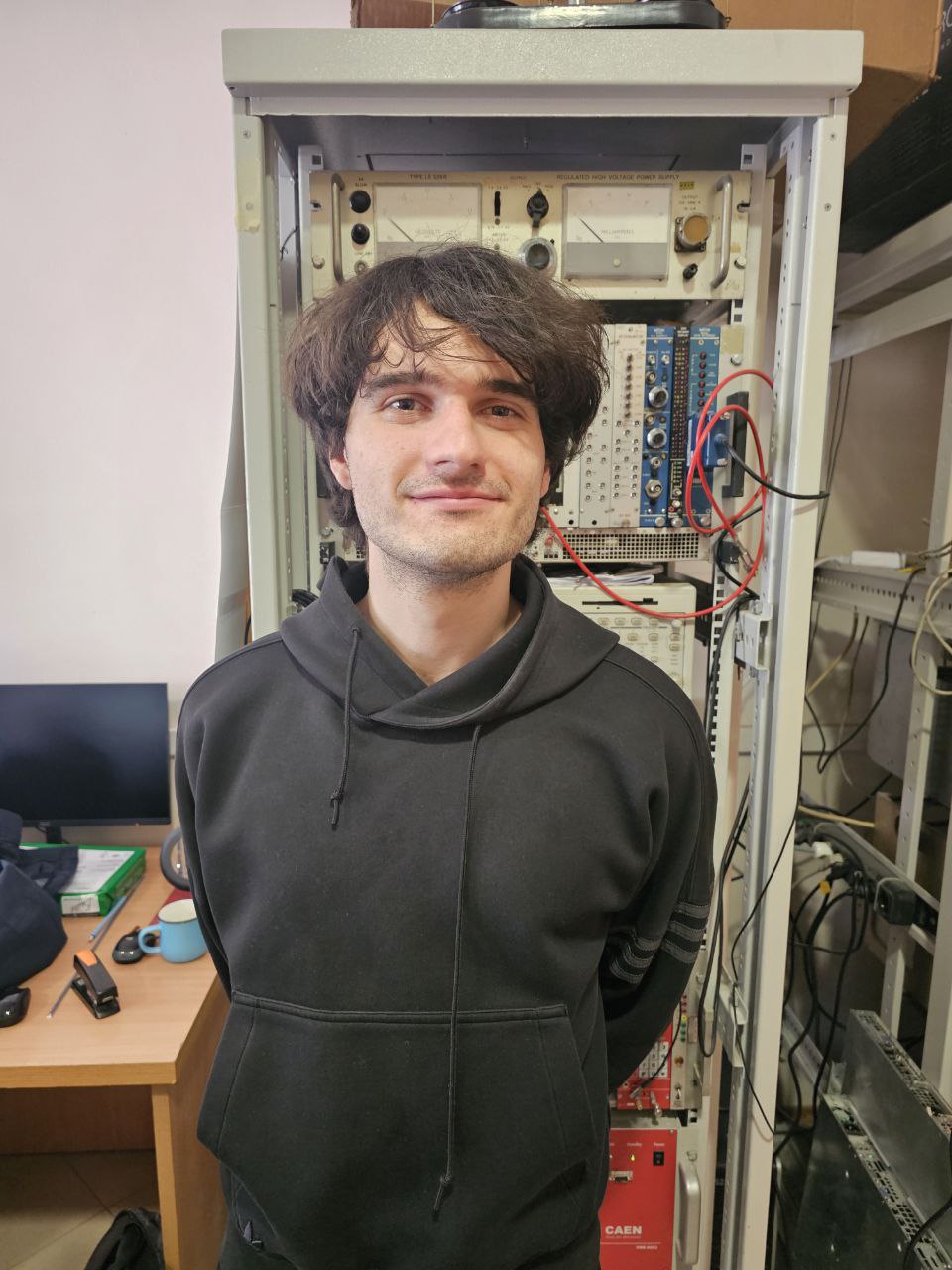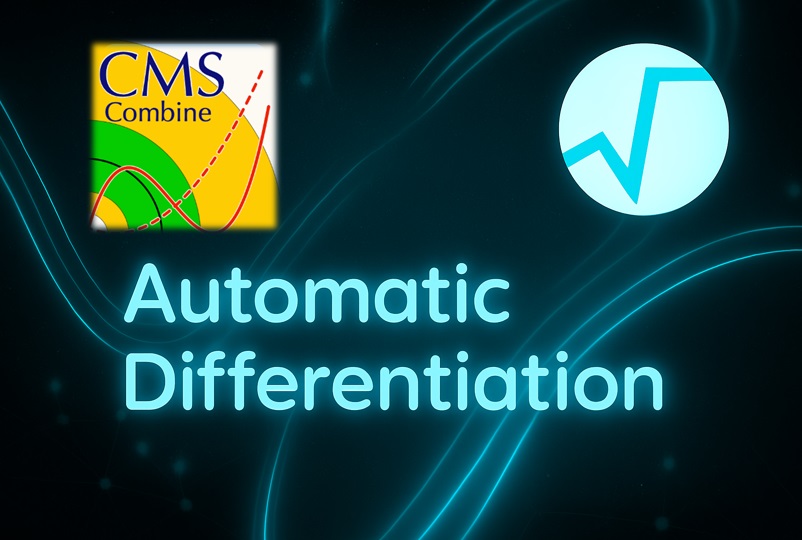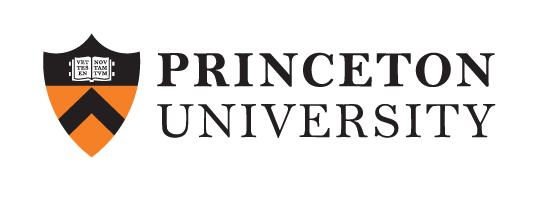Results from CERN Summer School 2025: Supporting Automatic Differentiation in CMS Combine profile likelihood scans
Introduction
Greetings! I’m Galin Bistrev, a fourth-year student specializing in Nuclear and Particle Physics at the University of Sofia “St. Kliment Ohridski.” As part of the CERN Summer Student Programme 2025, I was working on a project that aimed to provide support for Automatic Differentiation (AD) into the CMS Combine tool profile likelihood scans.
Mentors: Jonas Rembser, Vassil Vasilev, David Lange
Description of the Project
This project aims to enhance support for Automatic Differentiation (AD) in likelihood scans within the CMS Combine framework, the primary statistical analysis tool of the CMS experiment at CERN. Combine is built on top of RooFit, which has recently introduced AD to improve minimization techniques. By providing computationally efficient gradients through AD, RooFit achieves substantial performance improvements. In RooFit, Clad converts internal likelihood representations into standalone C++ code, from which gradient routines for AD are generated. This strategy not only speeds up the fitting process but also increases the portability and shareability of likelihood models, making them usable even by those without detailed knowledge of RooFit or Combine internals.
Brief overview of the CMS Combine engine
Combine is a statistical analysis framework that compares models of expected observations with real data. It is widely used for tasks such as searching for new particles or processes, setting limits on potential new physics, and measuring physical quantities like cross-sections. Although developed with High Energy Physics (HEP) applications in mind, Combine contains no intrinsic physics assumptions, making it fully general and independent of any specific analysis. This flexibility allows it to be applied across a broad range of statistical problems.
Roughly, Combine performs three main functions:
- Builds a statistical model of expected observations.
- Runs statistical tests comparing the model with observed data.
- Provides tools for validating, inspecting, and understanding both the model and the results of the statistical tests.
Project goals
In order for AD to be supported in Combine likelihood scans, a number of goals needed to be achieved:
- Refactoring some of Combine’s logic into RooFit, so that Combine can reuse the AD-enabled minimization algorithm already present there.
- Integrate gradient computation into likelihood scans, ensuring that derivatives are correctly propagated for efficient and accurate minimization.
- Validate correctness and performance, confirming that the AD-based scans produce results consistent with traditional methods while offering improved performance.
Overview of Completed Work
Over the course of the project, several major tasks were completed to achieve the stated objectives:
-
Imported the
RooMultiPdfclass in RooFit from Combine, enabling switching between multiple PDF-s, applying statistical penalties, and supporting code generation for AD. -
The implementation of the new class was made to be supported by
codegenin RooFit by adding a new function inMathFunc.hand extendingCodegenImpl.cxxto generate code for models making use of it. -
Imported three pieces of code from Combine that handle the minimization procedures within the framework in RooFit’s
RooMinimizer.cxx. The first is a class imported by Jonas Rembser calledFreezeDisconnectedParametersRAII, which automatically freezes and unfreezes parameters disconnected from the likelihood graph. The second is the functiongenerateOrthogonalCombinations, which generates a list of index combinations by initializing a base configuration with all indices set to zero and then varying one category at a time. The third and final piece of code is a function calledreorderCombinations, which takes the set of indices produced bygenerateOrthogonalCombinationsand adjusts each combination by adding the corresponding base values modulo the maximum allowed index, effectively shifting the combinations relative to the current best indices. - Using the above-stated functions, the discrete profiling algorithm,
which is the main minimization algorithm in Combine, was imported
into
RooMinimizer.cxx. - A tutorial was created along with a benchmark, made by Jonas Rembser, demonstrating discrete profiling with RooMultiPdf objects and evaluating the performance of AD in the likelihood scans.
Results
With those objectives accomplished, RooFit now provides AD support for discrete profiling. However, the developed benchmark indicates that AD does not currently improve efficiency, as the gradient code generated by Clad introduces overhead. Further optimization in Clad is needed to achieve the potential performance gains for RooFit likelihood scans. More information regarding the issue can be found at #1521.
Conclusions
Thanks to this project, RooFit now enables AD support for discrete profiling in Combine, which, after addressing the current overhead in Clad, would allow for significantly faster and more efficient likelihood scans while maintaining accurate optimization of both discrete and continuous parameters.
Future work
- Further benchmarking is required to quantify the potential performance gains from automatic differentiation.
- Additional optimization of Clad is needed to eliminate unnecessary overhead in gradient generation.
- The discrete profiling logic implemented in RooMinimizer should be tested across different models to evaluate the minimizer’s behavior and robustness.
- Extend doxygen documentation of RooMinimizer to describe treatment of discrete parameters.
- Test if the implementation of discrete profiling works also inside CMS Combine ,
replacing their implementation in
CascadeMinimizer.cxx.
Acknowledgements
I would like to express my sincere gratitude to the CERN Summer School for the opportunity to participate in such an inspiring project. I extend special thanks to Jonas Rembser, Vassil Vassilev, and David Lange for their invaluable guidance and for providing continuous learning opportunities throughout this journey. I am also grateful to the ROOT team for welcoming me and supporting me throughout my stay at CERN.




